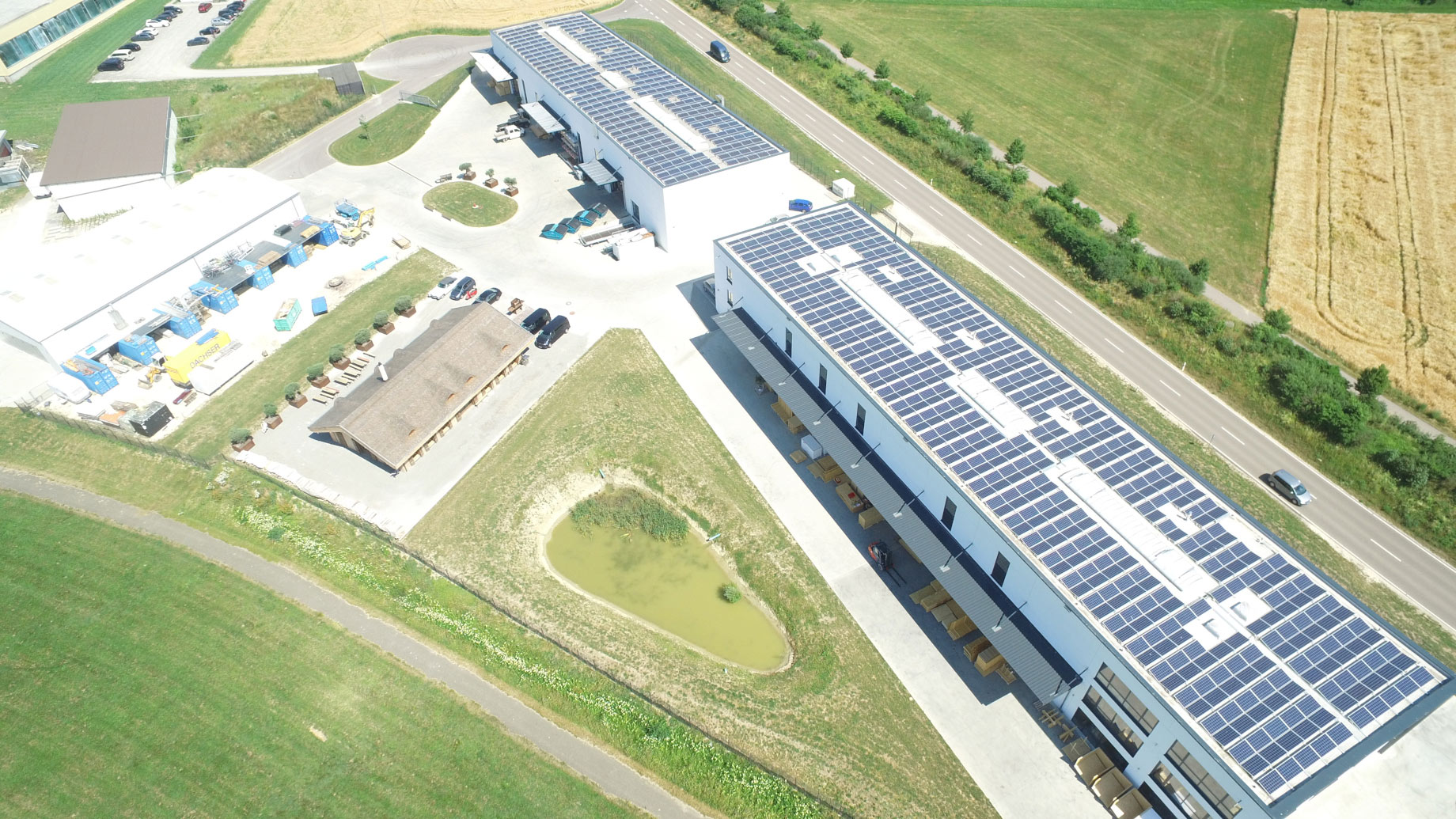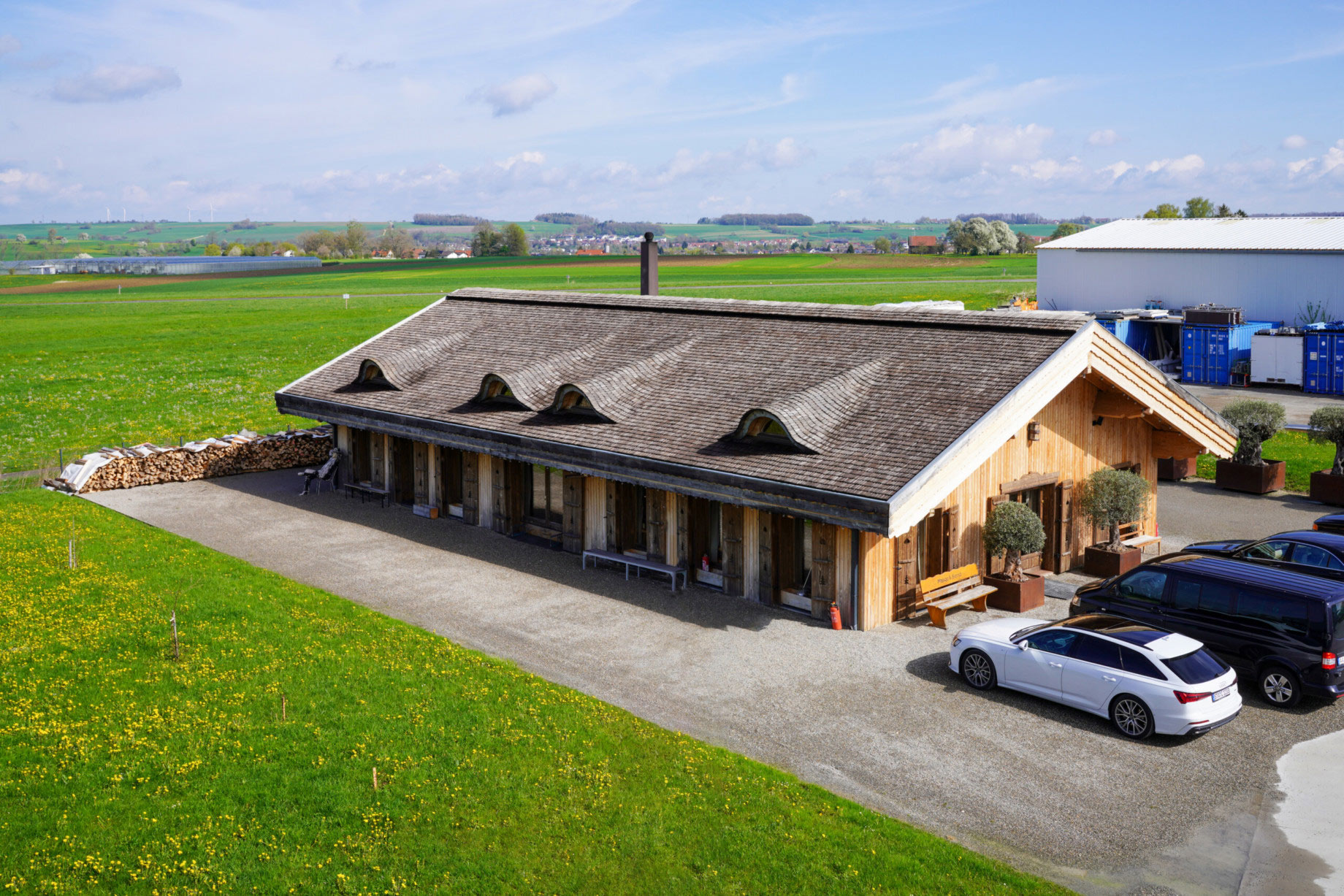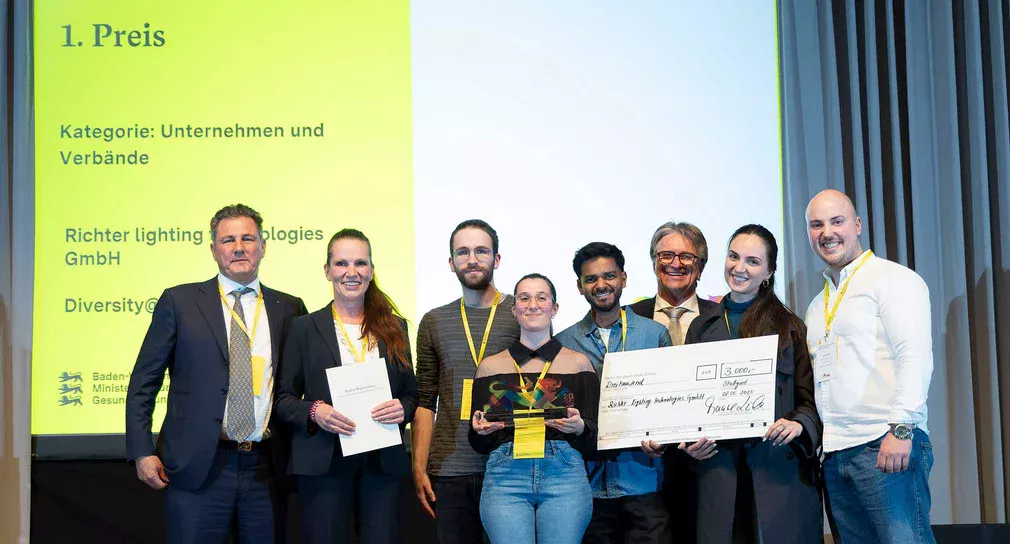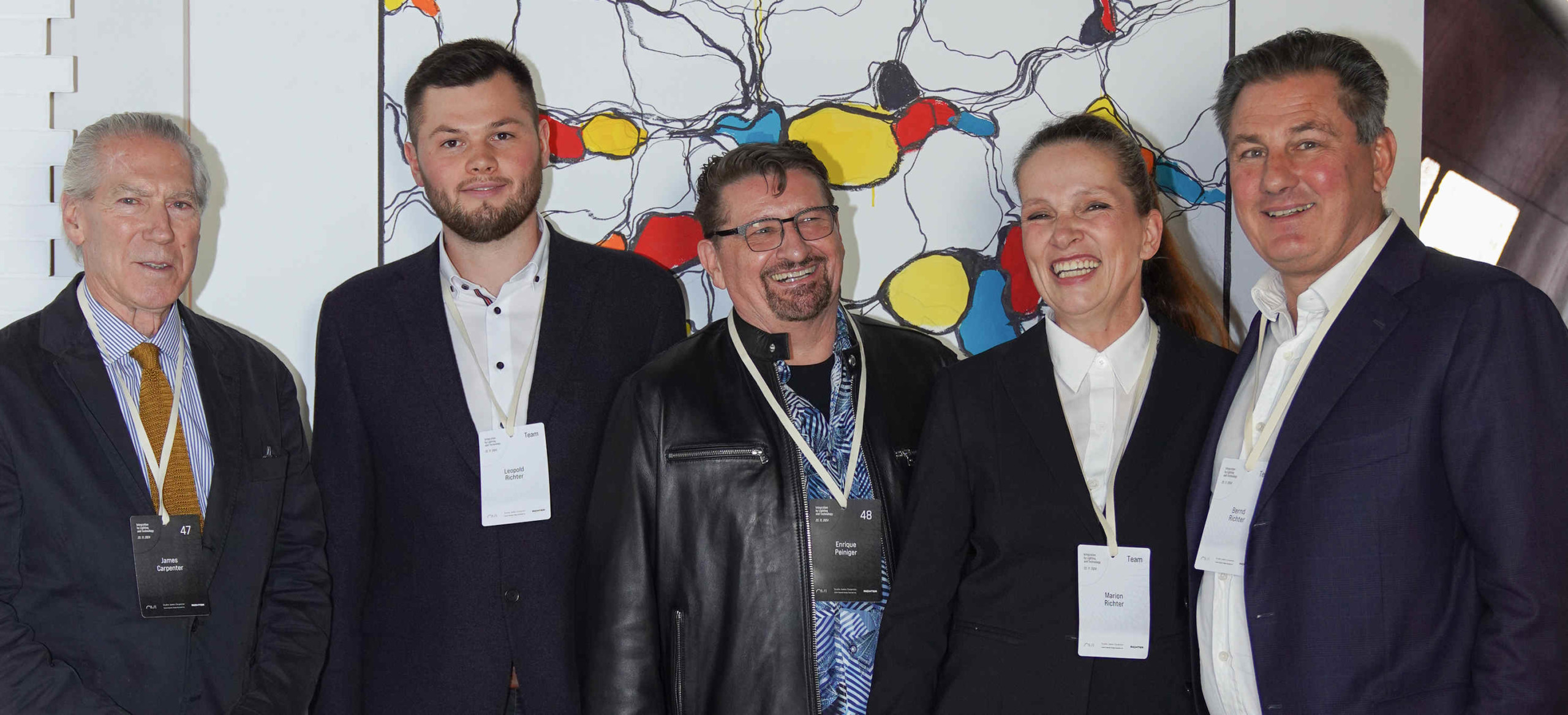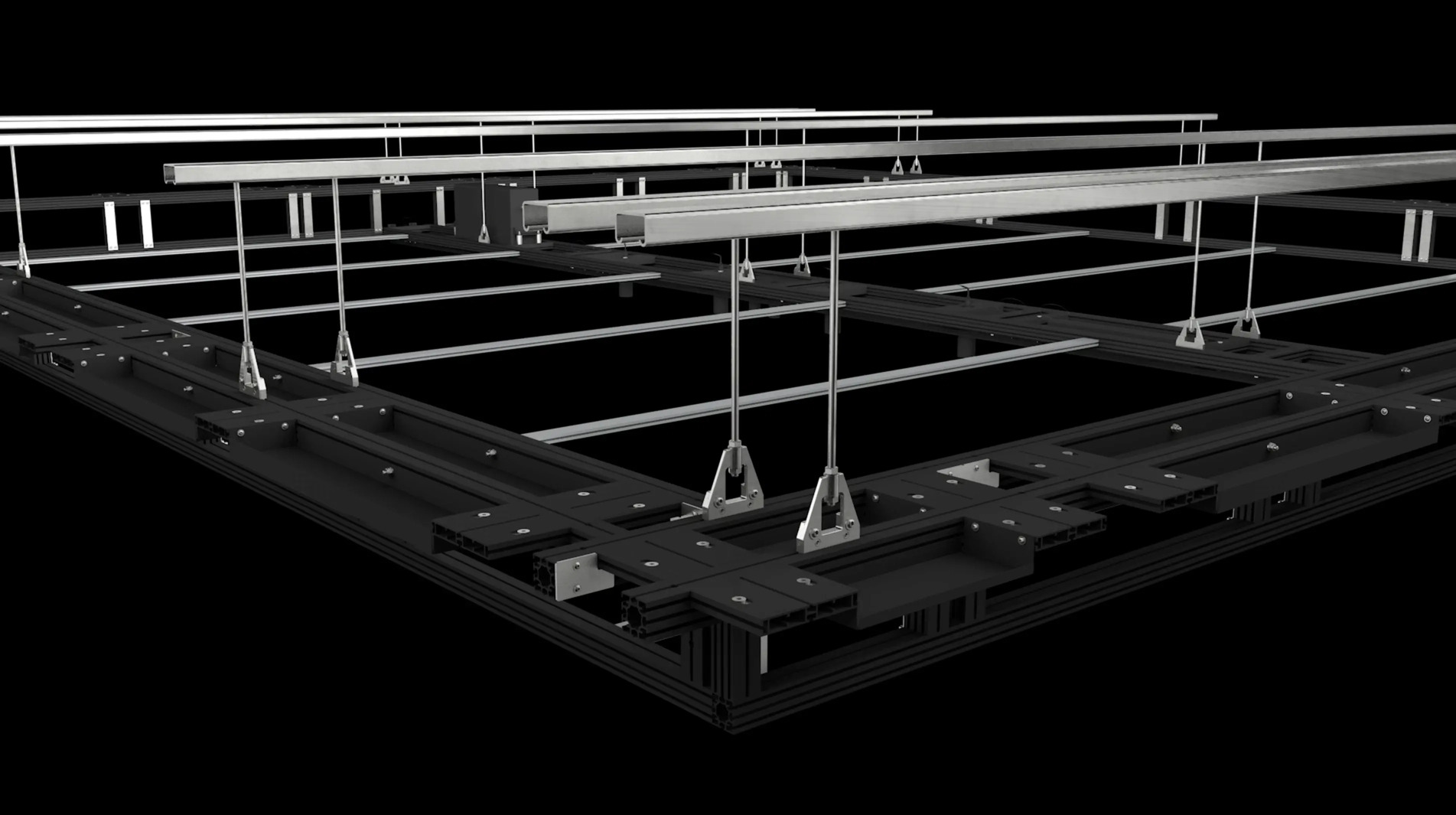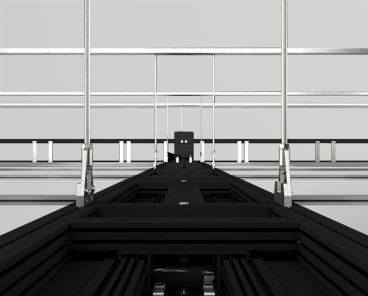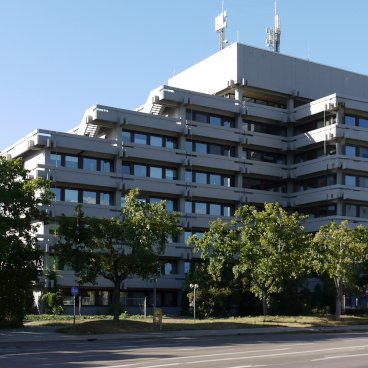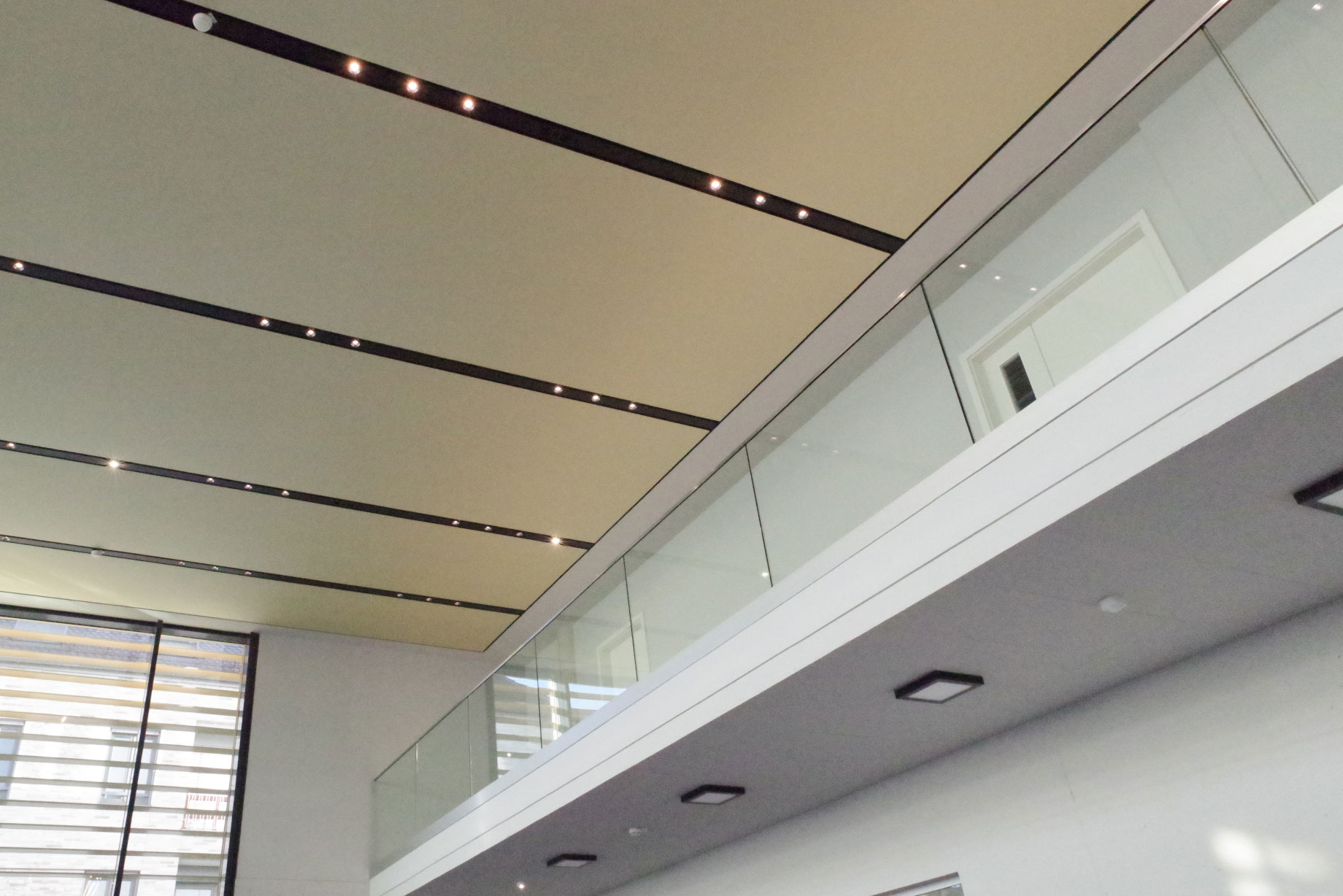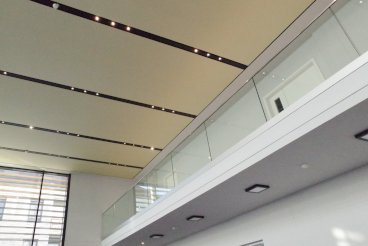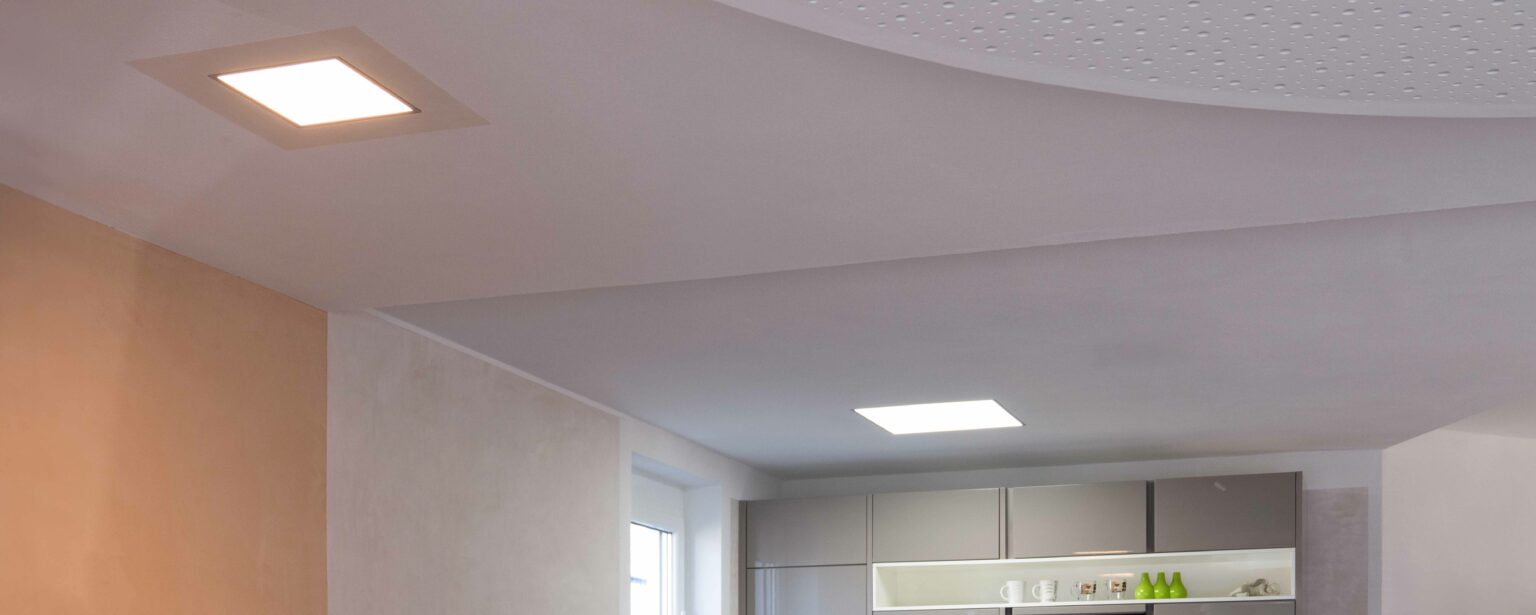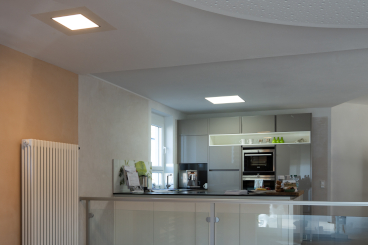In This Article
Share
Towards Sustainable Construction: The Role Of Sustainable Material Selection In Green Building Practices
Green building minimizes environmental impact. Sustainable materials, energy efficiency, waste reduction, indoor air quality, and social considerations play vital roles. Case study: Richter Lighting’s facility embraces sustainability with solar panels, timber construction, and a commitment to a greener future.
WHAT IS GREEN BUILDING?
Buildings are significant contributors to global greenhouse gas emissions and energy consumption, accounting for 39% and a 25-45% range respectively, according to statistics from our sustainability report. With the environmental revolution aligned with the Paris Agreenemt, there has been a growing focus on reducing the negative environmental impact of buildings and construction activities. This has led to the implementation of “green building” practices – an architectural concept that focuses on designing, constructing, and maintaining buildings in a manner that minimizes their negative impact on the environment and maximizes their positive contribution to social, economic, and environmental sustainability.
Green building practices encompass various aspects such as energy efficiency, water conservation, waste reduction, selection of suatainable building materials, indoor environmental quality, and overall environmental performance.
The focus of this article is the selection of sustainable building materials, which is a crucial aspect of green building practices, and plays a significant role in sustainable development.
Overview of green building standards
Buildings are significant contributors to global greenhouse gas emissions and energy consumption, accounting for 39% and a 25-45% range respectively, according to statistics from our sustainability report. With the environmental revolution aligned with the Paris Agreenemt, there has been a growing focus on reducing the negative environmental impact of buildings and construction activities. This has led to the implementation of “green building” practices – an architectural concept that focuses on designing, constructing, and maintaining buildings in a manner that minimizes their negative impact on the environment and maximizes their positive contribution to social, economic, and environmental sustainability.
Examples of well-known green building standards include LEED (Leadership in Energy and Environmental Design) and BREEAM (Building Research Establishment Environmental Assessment Method).
They primarily utilize a point-based rating system that allows for comparison of different green building measures using an aggregate score. For instance, LEED awards points for the use of materials with recycled content, regional materials, certified wood, and low-emitting materials, among others. BREEAM also includes similar criteria for material selection, such as responsible sourcing of materials, use of materials with low environmental impacts, and materials with recycled content.
Adhering to green building standards requires careful consideration of material selection throughout the entire building life cycle, from design and construction to operation and eventual demolition. By choosing materials that align with the sustainability criteria of these standards, building projects can achieve higher levels of certification and demonstrate their commitment to environmental responsibility and resource efficiency.
There are also reward programs such as tax incentives, subsidies, and credit incentives that motivate the compliance with these standards and ultimately achieving some certifications. However, it is important to note that complying with the standards and achieving these certifications are comprehensive and rigorous processes that require a holistic approach to sustainability. A combination of strategies and practices in various categories is typically necessary to meet the requirements for different LEED rating levels (e.g., LEED Certified, Silver, Gold, or Platinum).
What role does sustainable material selection play?
Choosing materials for green building development goes beyond aesthetics and performance. It involves making responsible choices that align with sustainability goals. Environmental product Declaration (EPDs) are based on the principles of Life cycle assessment (LCA), and are used to measure the environmental impact of materials from its extraction to the end of its life cycle. These Impacts include:
Resource Conservation: Selecting materials that are sourced sustainably, such as those made from renewable or recycled materials, including upcycled materials, can reduce the demand for virgin resources, conserve natural resources, and minimize environmental degradation associated with extraction and processing of raw materials. Upcycling, which involves repurposing or redesigning discarded or unwanted materials into new items, can be an effective way to reduce waste and extend the lifespan of materials, contributing to the principles of sustainability and resource conservation in green building.
Energy Efficiency: Choosing materials with high energy performance, such as those with high insulation properties or reflective surfaces, can reduce the energy consumption of a building by minimizing heat gain or loss through the building envelope. This can result in reduced energy use, lower greenhouse gas emissions, and improved overall energy efficiency of the building.
Waste Reduction: Opting for materials that are durable, reusable, or recyclable can minimize waste generation during construction, operation, and eventual demolition of a building. This can help reduce the amount of waste that ends up in landfills and promote a circular economy approach where there is no loss or disposal of materials, and all ingredients are fed back into the cycles to be fully re-used.
Indoor Air Quality The importance of material selections with regards to VOCs can’t be overemphasized, because even norminally “neutral” materials like wood surfaces can emit VOCs (e.g. formaldehyde). Laquers, finishes and paints as well asadhesives and artifical organisc materials (plastics, foams, etc.) can be VOC sources.
Another aspect is the social treatment of the earth. If resources are exploited in a way with minimal or no negative impact on the environment or, even better, the use of materials which can be gained without destroying nature, these approaches should take precedence. This avoids the problem that individuals have to live in an environment that was sacrificed due to sourcing for people far away.
Social Considerations: Material selection can also address social aspects, such as labor rights, human health, and community welfare. Choosing materials produced in a socially responsible manner, such as those with fair labor practices, locally sourced materials, or materials that promote social equity and community engagement, can contribute to the social sustainability of a building project, and promote positive social impacts. Another aspect is the social treatment of the earth. If resources are exploited in a way with minimal or no negative impact on the environment or, even better, the use of materials which can be gained without destroying nature, these approaches should take precedent. This avoids the problem that people have to live in an environment that was sacrificed due to sourcing for other people living far away.
Making informed material selections is a crucial aspect of green building practices that contribute to creating environmentally responsible and sustainable construction projects.
Green building practice case study: Richter lighting technologies facility
Starting from 2018, all of our operations have been conducted in our newly built compound, which comprises of two buildings for offices and workshops. The roofs of these buildings are completely covered with solar panels, and there is also the Richter canteen located in the compound.
The Richter canteen, primarily called the Almhütte, is built completely from timber sourced from Romania. Mass timber as construction material is a more useful and economically viable solution for a long-term carbon storage.
The Richter Almhütte serves not only as our cultural landmark but as a canteen for our people, friends and customers in both personal and professional aspects, providing every one with a warm and welcoming space for the buildup of social network.
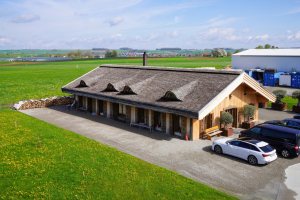
As a manufacturing company, we are dedicated to sustainability and we would like to serve as a real-life role model to our suppliers, partners and customers who are thinking about long-term beneficial growth and sustainable development. By adhering to the highest standards of quality and performance, we strive to ensure that our offerings not only meet customer expectations but, also contribute to a greener future for generations to come.
To find out more about our actions of sustainability, click the link to download our sustainability report now and be part of our sustainability journey.

